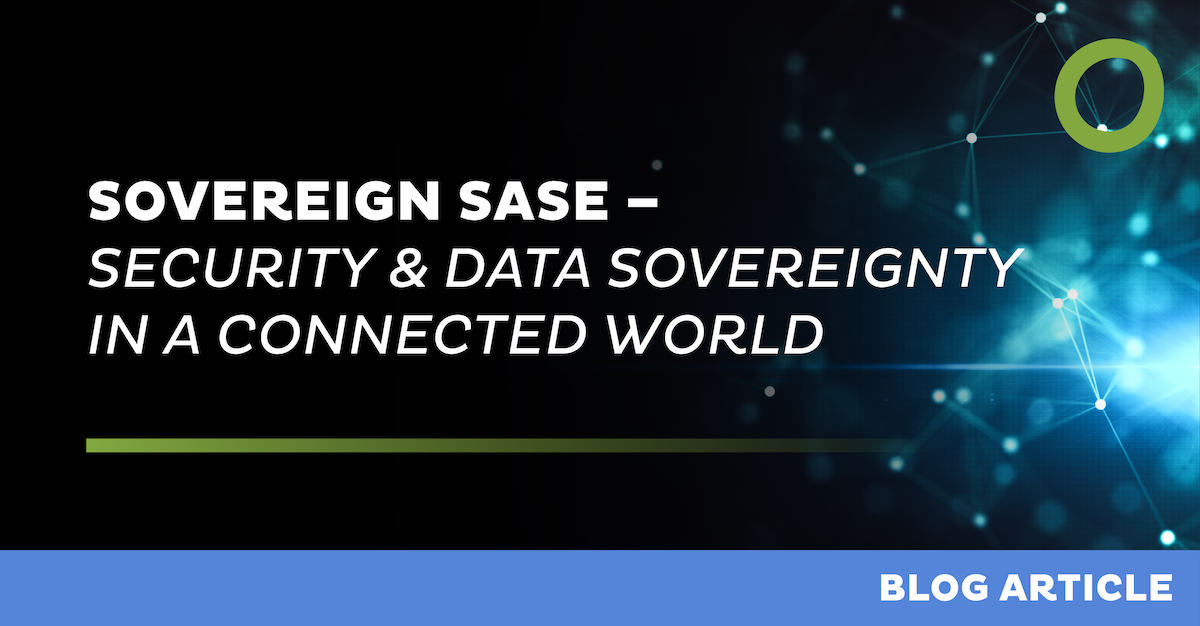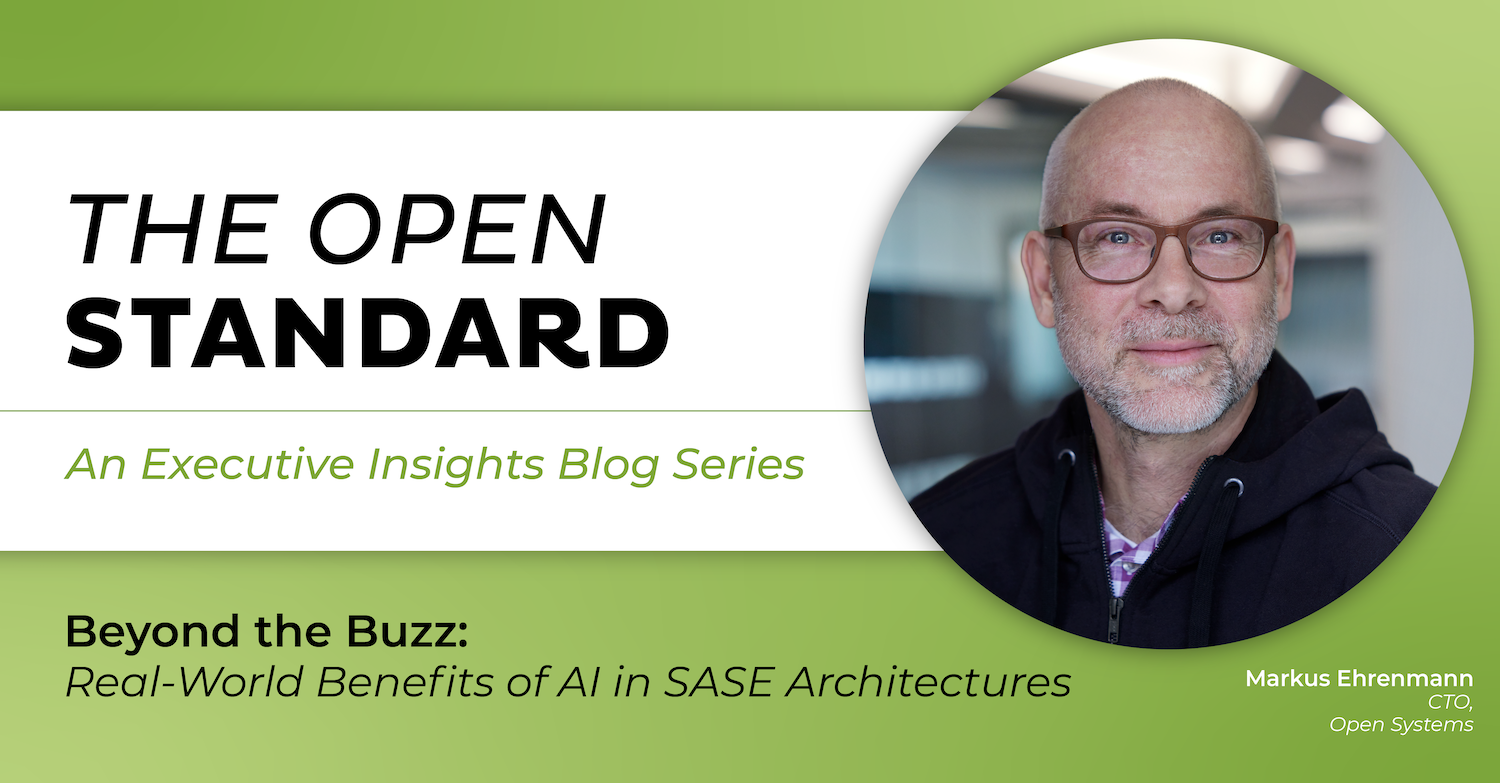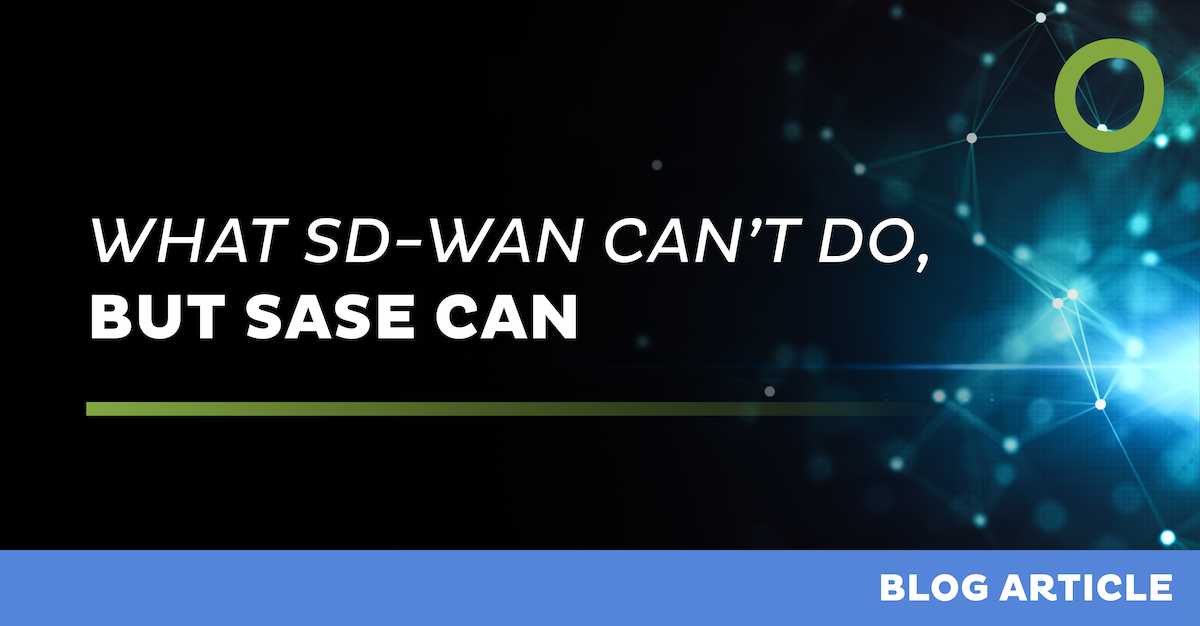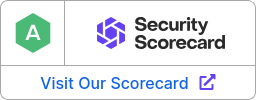
Sovereign SASE – Security and Data Sovereignty in a Connected World


In an era where data flows freely across borders and security as well as compliance requirements are becoming increasingly strict, a new concept is gaining relevance: Sovereign SASE. While SASE already moves network and security functions to the cloud, Sovereign SASE goes one step further: it also considers the geographical, legal, and regulatory requirements for data storage and processing – an aspect that has long been crucial in Europe and continues to gain importance as compliance mandates expand. Models such as the Cloud Sovereignty Framework provide guidance on how cloud architectures should be designed to effectively align data sovereignty, transparency, and regulatory compliance.
Why Sovereign SASE Matters
- Increasingly Distributed Data Landscapes
Organizations today operate globally, use hybrid cloud environments, and enable mobile work. At the same time, risks from cyberattacks, data theft, and industrial espionage continue to rise. Traditional SASE primarily protects secure access and data transmission – ensuring that users can safely connect to applications and resources from any location.
Sovereign SASE takes this protection further by incorporating data residency, storage location, and legal control – areas where conventional network security typically ends. In combination with Zero Trust principles, this creates a holistic security approach that protects data access, transmission, and processing alike.
- The Limits of Traditional SASE Models
A traditional SASE model focuses on secure network access via cloud services but often overlooks local data residency requirements or industry-specific compliance obligations. In a world where data is globally distributed and legal frameworks are increasingly diverse, this is no longer sufficient.
- Data Sovereignty as a Strategic Asset
Sovereignty is no longer merely a political or legal topic – it has become a strategic advantage. Organizations that retain control over their data reduce risks, build trust, and proactively address regulatory challenges. Sovereign SASE therefore brings together security, compliance, and governance within a unified framework.
From Data Localization to True Sovereignty
Data localization is only the first step toward true sovereignty. In our article “Where Is Your Data Really Stored?”, we demonstrated that transparency and control over data flows are part of our organizational DNA. Sovereign SASE goes even further: it unites compliance, security, and trust within a single, cloud-native architecture – establishing the foundation for sustainable digital resilience.
The Core Components of Sovereign SASE
A sovereign SASE approach typically includes several key elements:
- Data Residency and Control: Storing and processing data within defined regions according to local regulations.
- Encryption and Key Management: Strong encryption of data both at rest and in transit, with regionally managed encryption keys.
- Identity and Access Management: Context-based control over users, devices, locations, and risk factors.
- Secure Cloud Infrastructure: Selecting cloud regions and partners that meet sovereignty requirements.
- Auditing and Compliance Monitoring: Continuous oversight, auditing, and regulatory reporting.
Benefits and Challenges
Benefits
- Enhanced data protection and control through regional data processing
- Simplified compliance with national and international regulations
- Greater efficiency through a consolidated cloud architecture
- High scalability and flexibility for distributed teams
- Cost reduction by eliminating complex on-premises infrastructures
Challenges
- Integration of legacy systems may complicate migration
- Vendor selection is critical, as not all providers ensure sovereignty and performance equally
- Transparency is essential to ensure organizations can trace where and how data is processed
Open Systems: Sovereignty Built on Trust
Open Systems has always aimed to combine cybersecurity and control – fully in line with the Cloud Sovereignty Framework. Our approach goes beyond data localization and addresses all three dimensions of modern cloud sovereignty:
- Operational Sovereignty: Ensuring organizations maintain control over their security operations, monitoring, and incident response – regardless of location or cloud provider.
- Security & Compliance Sovereignty: Enabling full control over security and compliance through cloud-native services, Zero Trust principles, and complete transparency
- Jurisdictional Sovereignty: Respecting legal boundaries and protecting against unauthorized access from foreign jurisdictions – a crucial factor for European enterprises and public institutions.
With this holistic approach, Open Systems provides a platform that unites security, compliance, and sovereignty – not only meeting but exceeding the needs of international enterprises, critical infrastructure operators, and the public sector.
Conclusion: The Future Is Sovereign, Secure, and Connected
Sovereign SASE is more than just a trend – it is the answer to a world where data has become the most valuable asset. Organizations that adopt a sovereign security approach today secure not only regulatory compliance but also trust and resilience.
Open Systems stands for exactly this approach: a security architecture that combines cloud efficiency with European data sovereignty – enabling a digital future that is secure, sovereign, and sustainable.
Leave Complexity
Behind
To learn how Open Systems SASE Experience can benefit your organization, talk to a specialist today.
Contact Us



